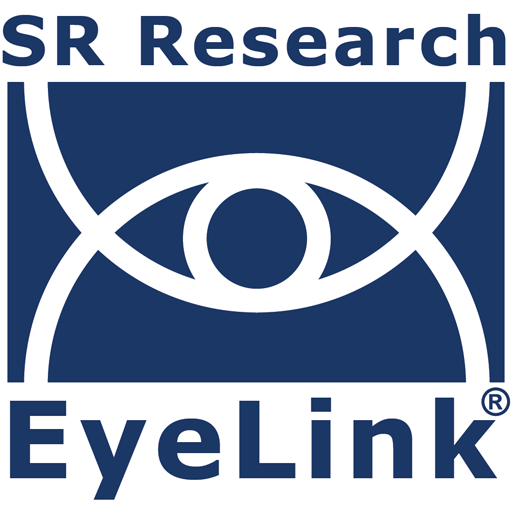案例研究:婴儿社交注意力与自闭症谱系障碍的可能性增加有关

人们普遍认为,迫切需要早期可靠地识别自闭症谱系障碍(ASD),这是一种以社交和沟通挑战为特征的神经发育疾病。Fu、Platt、Shic和Bradshaw(2024)通过与传统的人工编码(MC)方法进行比较,批判性地评估了眼动追踪(ET)技术在识别ASD早期标志物方面的实用性。他们的研究结果详见他们的论文“与自闭症谱系障碍可能性增加相关的婴儿社会注意力:一项多方法比较,”发表在《自闭症与发育障碍杂志》上
观察婴儿注意力的传统方法,如手动编码,虽然已经建立,但往往是主观的和劳动密集型的。另一方面,眼动追踪提供了高的时间和空间分辨率,能够更精确和直接地评估视线分配,这是社会关注的一个关键指标。之前的研究暗示了ET作为ASD生物标志物的前景,因为减少社会关注是这种疾病的公认特征。然而,对于婴儿ET研究中的数据丢失和质量的担忧,尤其是对于年幼的婴儿和ASD可能性较高的婴儿,一直存在。
发展性社会关注与眼动方法
这项纵向研究涉及72名婴儿(25名ASD家族可能性较高,47名ASD可能性较低),在3至24个月大的多个时间点进行观察。这些婴儿参加了一项基于屏幕的注意力任务,其中包括社交和非社交视频。研究人员同时使用ET和MC方法收集数据。用SR Research记录眼球运动EyeLink 1000眼动仪,由于其高精度和低数据丢失率,是许多发展研究小组的首选眼动仪。该研究具体比较了这两种方法的三个指标:看屏幕的时间百分比、看屏幕外的时间百分比和数据丢失的百分比。使用混合效应模型分析数据,检查方法、婴儿年龄和家庭可能性对注意力测量的影响。
眼动追踪是识别自闭症谱系障碍高可能性的可行工具
这项研究得出了几个关键发现:
- 可行性和成功率:尽管存在担忧,但在3至24个月婴儿的所有ET治疗中,ET数据的成功率为95.83%。这证明了ET在这一年轻人群中的实际适用性。
- 数据丢失比较:虽然与MC相比,ET确实显示出更高程度的数据丢失,并且屏幕外观和屏幕外外观的百分比更低,但这种数据丢失并没有受到婴儿年龄或ASD可能性状态的显著影响。这表明ET仍然可以为不同年龄组和ASD风险水平提供有价值的见解。
- 方法之间的高度一致性:发现筛查的ET和MC测量值之间存在显著的正相关。更重要的是,ET和MC在LL和EL婴儿的社会注意力与年龄相关的变化方面都有可比的发现。具体来说,这两种方法都表明,与3至24个月大的EL婴儿相比,LL婴儿对社交视频的屏幕观看程度更高。此外,LL婴儿(而非EL婴儿)对社交信息和非社交信息的关注度随着年龄的增长而增加。这种高度一致性是对ET的有力验证,表明它捕捉到了与MC相同的关键发育模式。
- 早期风险标志物的识别:ET和MC的一致发现,特别是观察到EL婴儿没有表现出与LL婴儿相同的对社会信息的关注程度,这加强了ET作为识别与ASD可能性相关的非常早期标志物的潜力。
这项研究提供了令人信服的证据,表明眼动追踪是一种可行且有价值的工具,用于测量自闭症谱系障碍可能性较高的婴儿的社会注意力。作为一种时间和空间敏感的工具,ET为识别关键的早期风险标志物提供了一条强有力的途径,为及时干预和改善对自闭症谱系障碍风险儿童的支持铺平了道路。
有关眼动追踪如何帮助您的研究的信息,请查看我们的解决方案和产品页面或联系我们。我们很乐意为您提供帮助!
